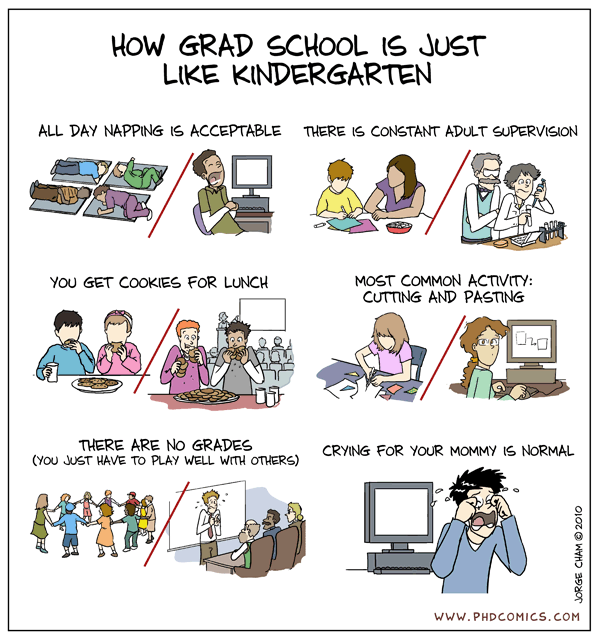What happens when you ask a room of exceptional change-makers from business, science, government and the non-profit sphere to model their view of how change happens? Each one has created a shift in some way, pushed their area of endeavor to impressive heights – but how?
When we say change, do you think of it the way that I do? What does change mean, and how does it happen?
In May 2010, over 300 Young Global Leaders assembled in Tanzania to share ideas, insights, and to experience first hand how local people and organizations were making an impact and creating change. As a part of this exercise, participants in this journey were asked to take a moment to capture change – from their point of view – in the form of a model, mixing images and words to explain their point of leverage for turning what is into what they believe could be.
Both in words and in pictures, what follows are a series of triggers, snapshots of how change happens. Their purpose is to convey ideas.
The book may be downloaded at the following link http://www.blurb.com/bookstore/detail/2542941
Section written by Adrian David Cheok entitled “Laughter says the child”
We are entering a completely new form of society due to the complete and pervasive connectivity of humans around the globe. This is not just a simple extension of the industrial age. In some respects, our society is starting to resemble more traditional group oriented cultures, such as the huntergatherer societies, or Ancient Athenenians, where everybody would know everything about each other constantly. Yet, one revolutionary aspect of this development is that there is some research showing that a new type of human is appearing. These new humans are the children of the Internet age, who have grown up with constant networked communication and almost limitless real time visual media. Researchers have shown that unlike most adults, these net generation humans can genuinely multi-task and learn in a non-linear and visual manner. It is suggested that their brain structure itself is different from all previous humans due to their immersion from birth in connected multiple channel media. In the future what this means is that we may lose some aspects of human intelligence which requires deep solitary concentration (solitary genius), but perhaps we may gain even higher achievements through group intelligence, similarly to a bee hive being more intelligent than the individual bee. We are seeing the end of solitude in society, and new models of the human brain that are based on the network mind. To fully develop the children of the Internet age, we should create technologies that allow us to facilitate new communication and learning, and to create natural and humanistic ways of interfacing with machines, as well as other people remotely over large distances using the full range of human gestures such as touch, sight, sound, and even smell. This new media includes new ways of communication between people and between cultures and races. Children need to be given opportunities to learn with the new media they feel natural with and to develop their creative potential, rather than rote learning of facts. Children, immersed in new media can have great imaginative envisioning, futurecasting and creative engineering potential. We can develop new forms of learning using design thinking and open-minded creative experimentations. Finally, another positive use of interactive media for the young is to promote deep culture by creating new forms of media that combine traditional culture with modern media. Young people often prefer new entertainment and social media, and this we can allow them to explore culture through a novel merging of traditional cultures and literature with recent media literacy. New forms of cultural computing systems are thus an important for children.



